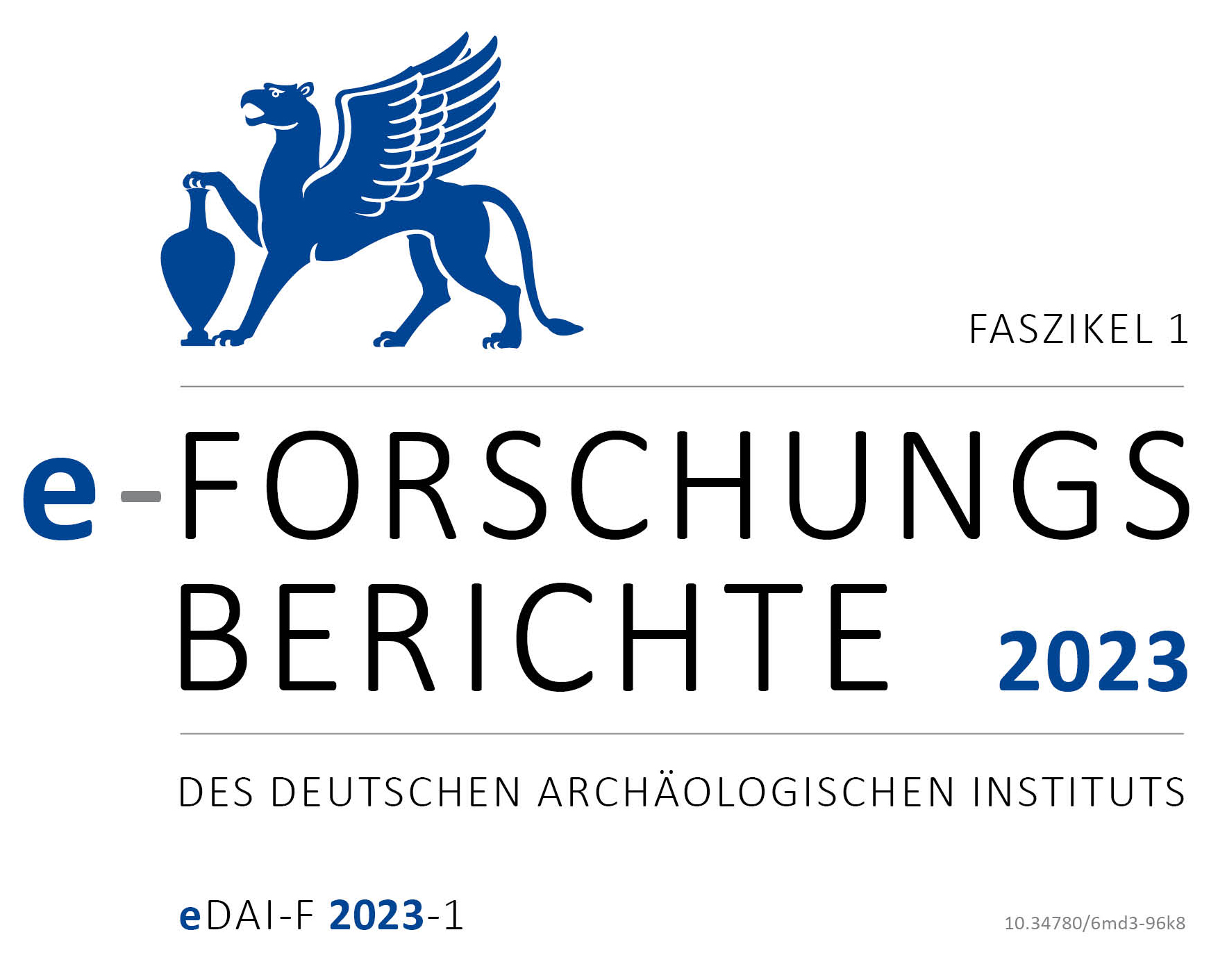Tacht-i Sangin, Tadschikistan. Griechische Musikinstrumente (auloí) aus dem Oxos-Tempel. Die Arbeiten des Jahres 2022
https://doi.org/10.34780/d76j-t688
Abstract
In the 1980s, 44 fragments of musical instruments from the 3rd/2nd century BCE were excavated in the Oxus Temple at Takht-i Sangin, Tajikistan. Correctly identified as remnants of doublepipes (Greek: auloí) and provisionally published, this unique cache from the Hellenistic period had never been evaluated in terms of its music-archaeological potential. We endeavor to fill this gap using a combination of physical modelling and 3D printing, interpreting the fragments in the context of other finds. Study sessions with the originals in Dushanbe thus enabled us to join fragments to longer pipe sections, revealing an instrument design that appears closely tied to the technical advancements of Hellenistic music.
Schlagwörter:
3D-Dokumentation, Kultgerät, Musik, Musikinstrument, Rekonstruktion, Hochhellenismus





